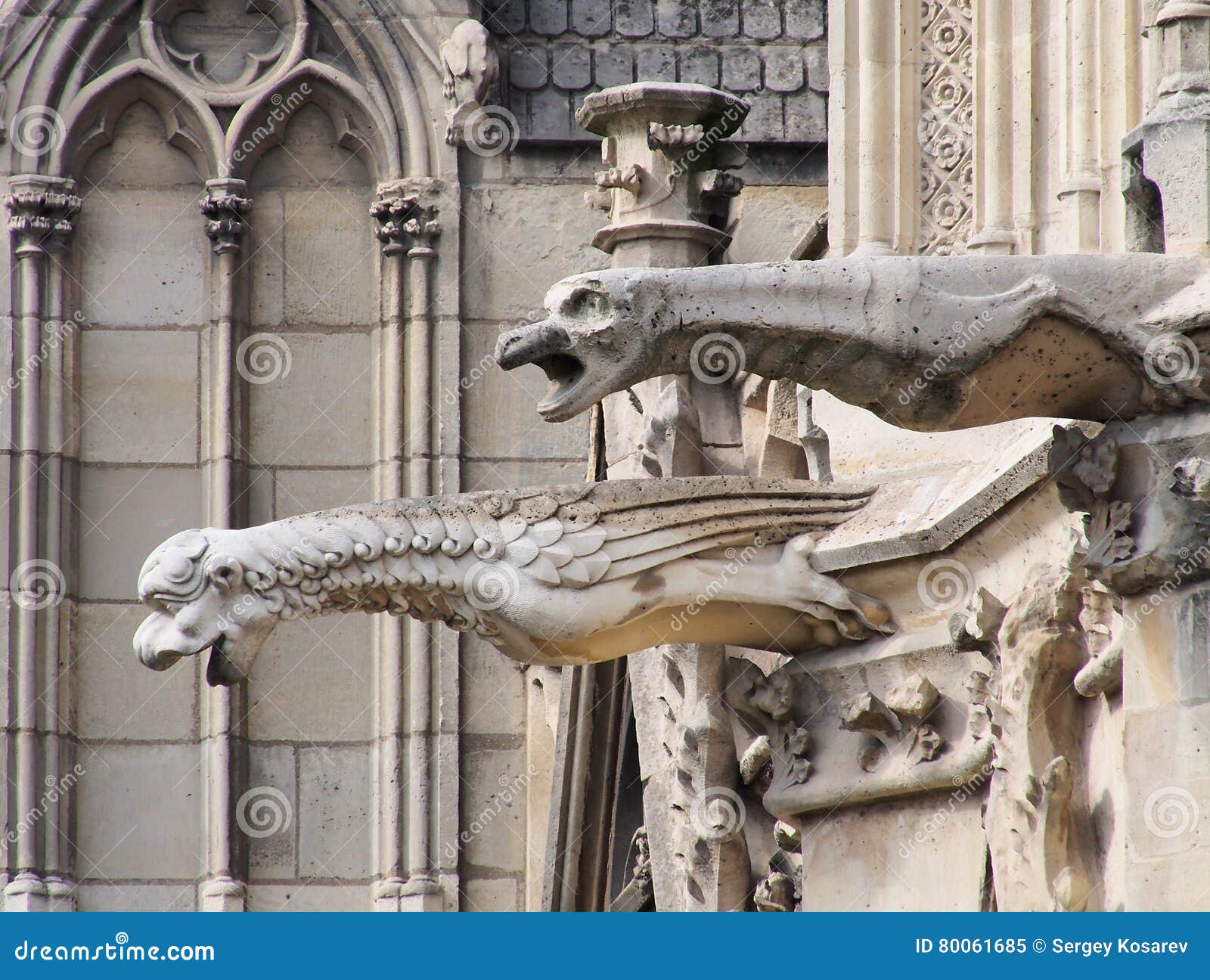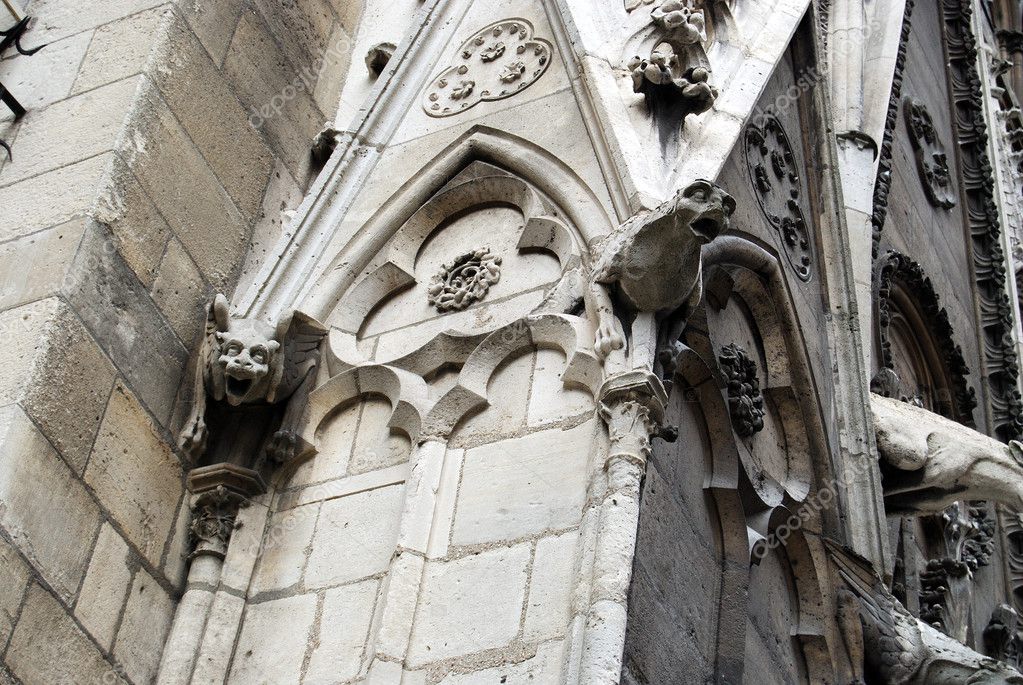

The symbol of perhaps the widest distribution is the Ichthys, which since the second century has represented graphically the celebrated acrostic: "Jesous Christos Theou Uios Soter", and so becomes the symbol of Christ in the Eucharist.


Birds, too, appear either as simple decorative elements transmitted from antique paintings, or used symbolically as in Noah's dove, symbolical of the Christian soul released by death the peacock, with its ancient meaning of immortality, and the phoenix, the symbol of apotheosis. The paintings of the first period, as seen in the Catacombs, show us, usually, the lamb accompanying the Good Shepherd, a representation of the Christian soul during its earthly life. And, thirdly, because of that return to the direct study of nature on the part of the medieval designers, which included, in one loving investigation, man, the lower animals, and the humblest plants. Secondly, because of the traditional use of animal forms as an element of decoration. First, because it affords an easy medium of expressing or symbolizing a virtue or a vice, by means of the virtue or vice usually attributed to the animal represented. Three reasons may be given for this unexampled fondness for animal life. In the early days of Latin and Byzantine Christianity, as well as in the period of its full bloom in the Middle Ages, a prodigious number of representations of animals is found not only in monumental sculpture, but in illuminated manuscripts, in stained glass windows, and in tapestry as well. In Christian art animal forms have always occupied a place of far greater importance than was ever accorded to them in the art of the pagan world. Includes the Catholic Encyclopedia, Church Fathers, Summa, Bible and more all for only $19.99. Please help support the mission of New Advent and get the full contents of this website as an instant download.


 0 kommentar(er)
0 kommentar(er)
